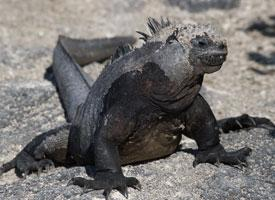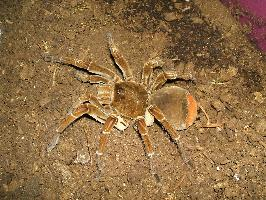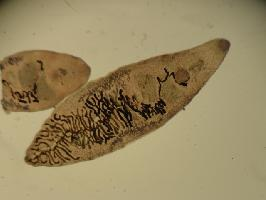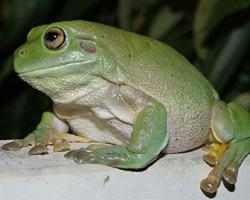
Váhy a míry
| Délka | od 0,5 do 1 m |
|---|
Popis zvířete
The Marine Iguana (Amblyrhynchus cristatus) is a unique and fascinating reptile endemic to the Galápagos Islands. This species is the only iguana in the world that has adapted to life in the ocean, showcasing a remarkable evolutionary journey. It has a number of distinctive features and behaviors that have enabled it to thrive in its challenging island habitat, making it an icon of evolutionary adaptation.Physical Characteristics:
Marine iguanas exhibit a robust and stocky build, with adult males typically larger than females. Their size varies considerably across different islands, with some individuals reaching lengths of up to 1.3 meters (about 4 feet). Their skin is predominantly a blend of black and dark grey tones, which aids in camouflage against the volcanic rocks of their surroundings and assists in thermoregulation by absorbing heat. Some populations, however, display a striking array of colors, including shades of red, green, and blue, especially during the breeding season.
One of the most distinctive features of the Marine iguana is its flattened tail, which is adapted for efficient swimming. The tail, along with powerful limbs and long, sharp claws, helps it navigate through strong ocean currents and cling onto rocks in the tumultuous Galápagos waters. Its snout is blunt and its teeth are specially adapted to scrape algae off rocks, which constitutes its primary diet.
Behavior and Diet:
The Marine iguana is primarily herbivorous, feeding almost exclusively on algae. It has developed the unique ability among iguanas to forage in the sea, diving to depths of more than 12 meters (39 feet) and holding its breath for up to 30 minutes to graze on the algae growing on submerged rocks. This diet is highly specialized and requires the iguana to bask in the sun for extended periods to raise its body temperature after the cold-water dives.
Reproduction and Lifecycle:
Breeding season brings about dramatic changes in the behavior and appearance of Marine iguanas. Males become more territorial and display vibrant colors to attract females and deter rivals. After mating, females lay 1 to 6 eggs in burrows dug into the sand, where they incubate for several months. The hatchlings are vulnerable to predators and must fend for themselves, as Marine iguanas do not exhibit parental care.
Conservation Status:
The Marine iguana is classified as Vulnerable by the International Union for Conservation of Nature (IUCN). While protected within the Galápagos National Park, they face threats from invasive species, pollution, and the impacts of climate change. El Niño events, in particular, can drastically reduce their food supply, leading to significant population declines.
In conclusion, the Marine iguana is a remarkable example of adaptation and survival in one of the world's most unique ecosystems. Its existence is intricately linked to the Galápagos Islands, serving as a living testament to the principles of natural selection that Charles Darwin famously studied. Conservation efforts are crucial to ensure the survival of this extraordinary species for future generations to marvel at and learn from.
Podobná zvířata
Nové fotografie zvířat
Top 10 zvířat
- Common cockchafer (Melolontha melolontha)
- Common house mosquito (Culex pipiens)
- Colossal squid (Mesonychoteuthis hamiltoni)
- Giant house spider (Eratigena atrica)
- Harpy eagle (Harpia harpyja)
- Fruit fly (Drosophila melanogaster)
- Common reed warbler (Acrocephalus scirpaceus)
- Australian box jelly (Chironex fleckeri)
- Hooded merganser (Lophodytes cucullatus)
- Moustached guenon (Cercopithecus cephus)


